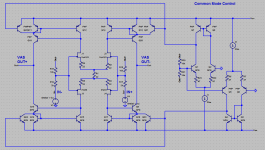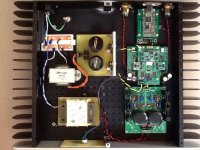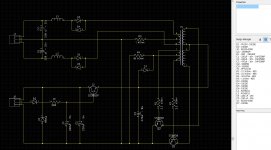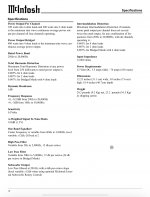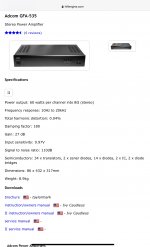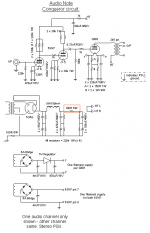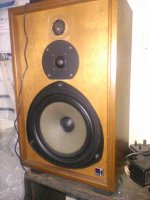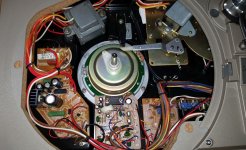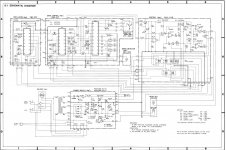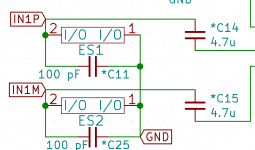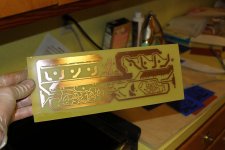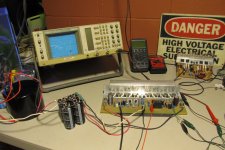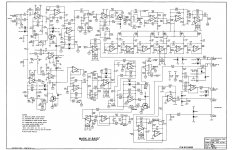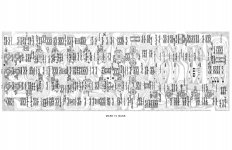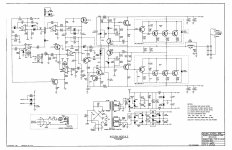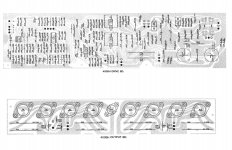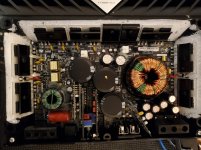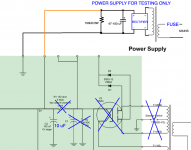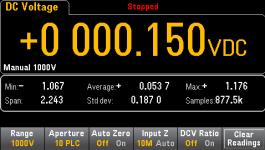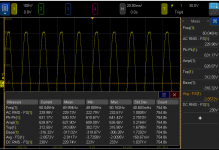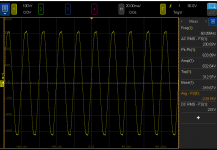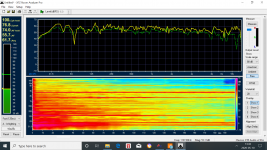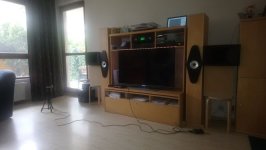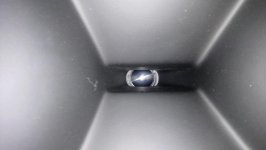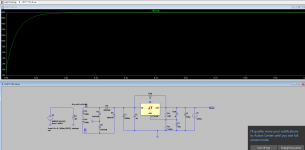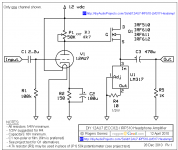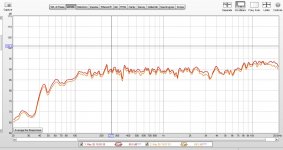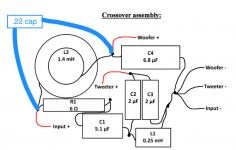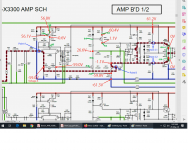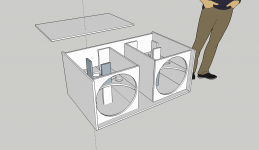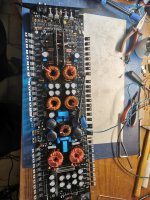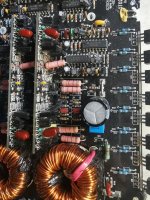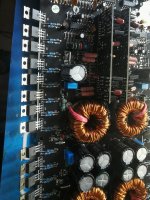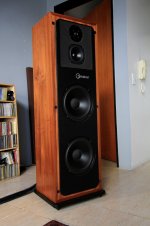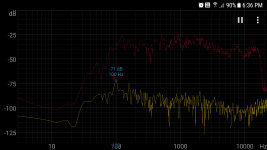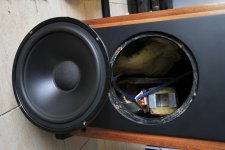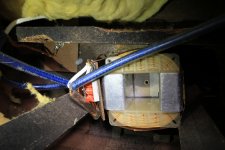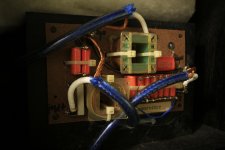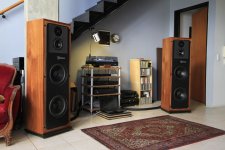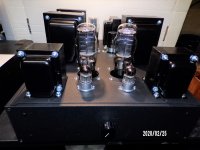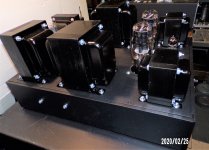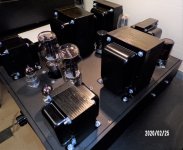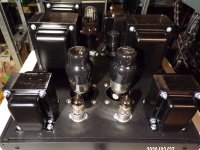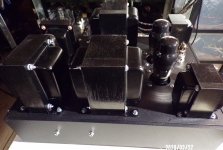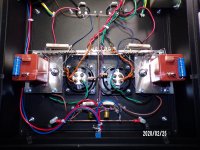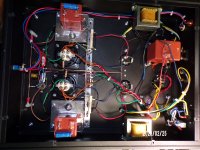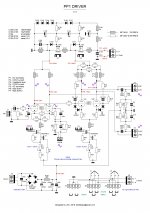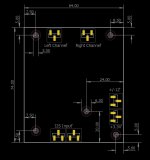I'm in the process of "biamping" my entire surround system and so am in the market for some cheap, high quality class-D amps (those two design goals are not necessarily mutually exclusive!). I've been reading lots of datasheets, ordering a few to play with off aliexpress and then performing measurements as I go along.
I've currently got a "Yuanjing" TAS5630 amp from SHENZHEN CAIZHIXING ELECTRONIC CO.,LTD and, after a single mod, I am very happy with it. And the best part is that it only costs $60!
Free Shipping TAS5630 300W+300W class d amplifier digit amplifier board We are the manufacturer on Aliexpress.com
The design is straight from the datasheet -- even the PCB layout is similar. AFAICT, all the main resistor, cap and inductor values are as recommended. The TAS5630 seems to perform better than some other units I've tried based on chips like the TDA7498, TDA8920 etc. They've also added an OP1632 front-end, so you could use it fully differentially. This all means very good audio performance.
There are a few issues (most easily fixed):
* Noisy out the box.
* One component only rated to 40V, not 50V supply that TAS5630 is designed to handle.
* "click and pop" at turnon/turnoff (doesn't bother me).
When I initially turned it on, the output was very noisy... so bad that I was about to bin it as a DOA dud. There was a lound buzzing that decreased when it was loaded. This is different from the hissing noise associated with cheap class-D designs, so I decided to look a little closer... A bit of sleuthing revealed that the supplied 12V power supply circuit (for OP1632 and TAS5630 GVDD) had a very noisy 10.8V output, resulting in sub-optimal performance.
The fix is simple: replace the LM2575-12 regulator with a LM2575-15 device.
Explanation:
The LM2575 chip steps the main supply down to an intermediate voltage before a linear regulator (LM317) cleans it for use by the input differential amplifiers and TAS5630. Generally, this is a nice design for an efficient, low noise supply. But if the intermediate rail is at 12V (as the supplied LM2575-12 regulates), then the linear regulator is useless as it, too, is trying to regulate to 12V. So you get the minimum forward drop across the LM317 and about 10.8V into the highly sensitive amplifier modules. Crucially, this results in no linear regulation and a very noisy output, with the LM2575's switching breaking into the audio path.
Replacing the LM2575-12 with a drop-in LM2575-15, 15V switching regulator, means that there's 3V headroom for the LM317 linear regulator -- sufficiently higher than its specified 2V forward drop. I have tested this fix on my unit and it has solved this problem. I can't detect any switching regulator noise in the output now. The frequency response is flat and THD+N below my measurable limits.
There are some unpopulated pads on the board for a 12V fan header (regulator is already populated), a couple of LED indicators, reset switch and a "shutdown" header. There're also solder jumper options for PBTL (jumpers pre-installed for two-channel BTL).
The only outstanding issue is that there're some clicks and pops on power-up&down. The TAS5630 itself is pop-free. The problem seems to originate with the OP1632 - TAS5630 interface. The OP1632 is supplied from afore-mentioned single rail 12V supply. It's biased to half the supply (6V). This, of course, changes as the rail ramps up/down. The TAS5630 doesn't shutdown 'till the rail gets to about 9V so there's some 3V change here before the output mutes. I don't care since the amps will be powered 24/7 in my application.
Further, I should point out that the National LM2575 is only specified to 40V input. It is being used outside its maximum ratings if a 50V supply is employed. I only use a 36V supply, so this is fine for me. But if you're trying to squeeze all 600W out of this module, you're gonna have a bad time.
For my application, I'm very happy with it and can recommend this module to anyone looking for a low-cost high-performance class-D unit.
